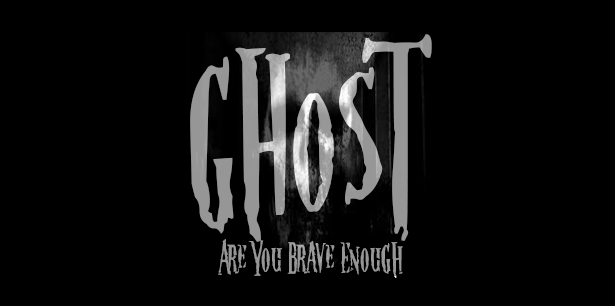Echoes of Desolation: The Unearthly Secrets of Wollaton Hall
Amidst the somber heart of Nottingham, a mansion of peculiar antiquity stands,

a monument to the uncanny and the melancholic. Wollaton Hall, with its towering spires piercing the heavens like skeletal fingers yearning for release, beckons forth the brave souls to tread
its age-old halls, an invitation to delve into the shrouded annals of its enigmatic history. Beyond its facade of grandeur lies a realm where spectral mysteries abound—a realm where disembodied whispers reverberate in the shadows, where each footfall echoes through the hollow chambers like a requiem, and where the veil that separates the living from the departed is as diaphanous as the mists of a fevered dream.
The Haunting Legend of the White Lady: A Tragic Wraith's Lament
In drapery as pale as the moon's embrace, the ethereal "White Lady" roams the labyrinthine

corridors of Wollaton. Her mournful visage, etched with an eternity of despair, gazes beyond the realm of mortals and into the chasm of time itself. A mournful wail lingers in her wake, a mournful dirge that tells of a fate marred by sorrow and secrets untold. Was it her tragic demise that shackled her spirit to this place, or does a more sinister tale lay beneath the surface, a tale whispered by the wind and sealed in the very stones of the hall?
Ascending the Stairway to the Abyss: A Terrifying Odyssey
Ascending the staircase, each step feels like a descent into a realm beyond the ken of mortals. A shiver, icy as the grasp of death itself, envelopes those bold enough to ascend. It is as if the air itself holds its breath, heavy with the weight of forgotten histories. In the midst of this eerie ascent, a symphony of the past emerges, a cacophony of ethereal whispers, the murmurs of souls long departed. Each footfall is a dance with the unknown, a dance that blurs the line between the tangible and the otherworldly.
Whispers From the Beyond: Echoes of Lost Souls
Within the darkened recesses of Wollaton Hall, the very walls seem to exhale secrets from ages past. Footsteps, echoes of lives extinguished, resonate in forgotten corridors, their ethereal resonance a mournful echo of days long gone. Faint conversations, long buried by the sands of time, weave an uncanny tapestry of voices that transcend the boundaries of the present. As the boundary between the realms of the living and the departed dissolves, a ghostly choir emerges, singing secrets whispered by the very winds of eternity.
From Shadows to the Silver Screen: Wollaton's Haunting Embrace

Wollaton Hall's dark allure transcended its stone walls to grace the silver screen, a bewitched dance that ensnared Christopher Nolan's "The Dark Knight." Amidst the cavernous grandeur, the hall breathed life into the brooding Wayne Manor, its haunted essence in
fusing the film with palpable unease. The sinister ambiance it lent to the caped crusader's world blurred the line between fiction and reality as if the hall itself yearned for cinematic immortality.
Dare to Descend into the Enigma
Summon your courage, for you stand at the precipice of an enigma that defies the feeble grasp of reason. Venture into the haunted embrace of Wollaton Hall, where phantoms linger and secrets slumber, waiting to be unearthed by those who dare to tread the threshold of darkness. Here, the whispers of the past intertwine with the sighs of the present, where the living and the departed dance in a symphony of melancholic beauty. The tapestry of Wollaton's history is a web of riddles, a path of shadows and sorrow, and it awaits those who dare to seek its depths.







